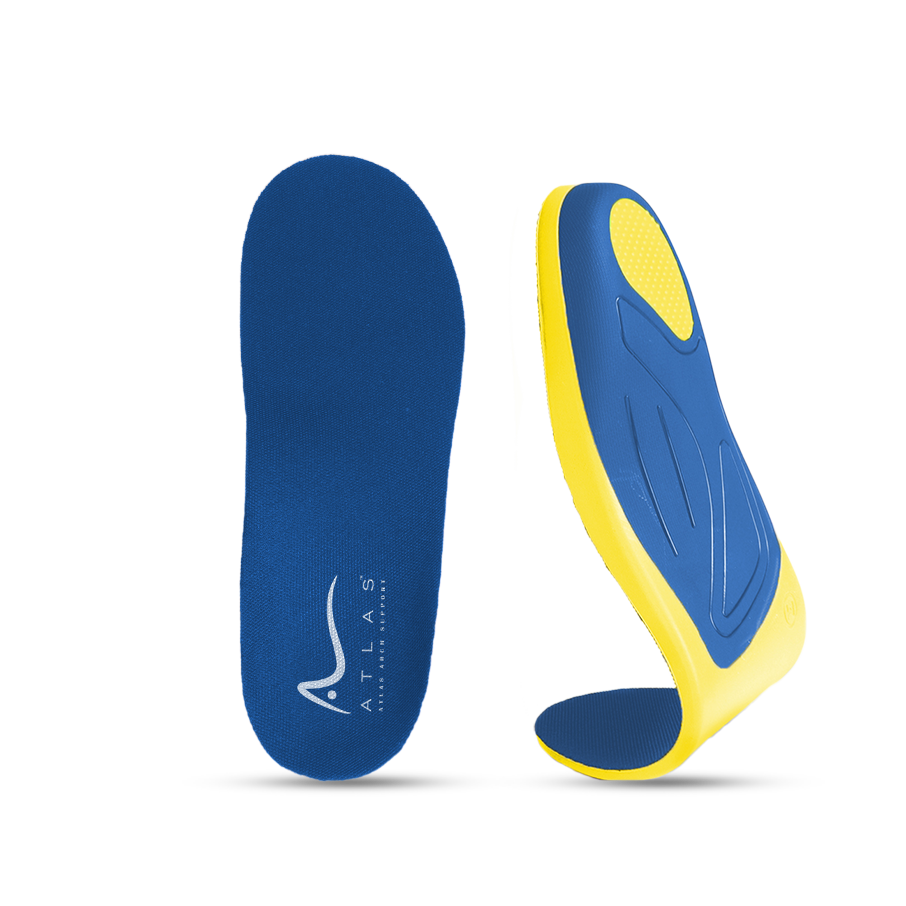Pediatric flatfoot, a condition where the arch of a child's foot is not visible when standing, often raises concerns among parents. While it's usually a painless part of normal development, recognizing and addressing it early can be crucial for your child's foot health. This condition is primarily observed as flexible flatfoot, where the arch reappears when the foot is not bearing weight, and less commonly as rigid flatfoot, which might cause discomfort.
The Roots of Pediatric Flatfoot
Pediatric flatfoot can stem from various factors, including:
- Genetic Influence: A family history of flat feet increases the likelihood of children developing the condition, suggesting a hereditary component related to the foot's structural characteristics.
- Developmental Stages: Infants and young children often have a fat pad in the arch area, which diminishes over time. However, in some cases, the arch does not develop as expected.
- Ligament Flexibility: Children with more flexible ligaments may experience flattening of the foot under body weight, contributing to flexible flatfoot.
- Obesity: Excess weight can strain the foot's arch, causing or exacerbating flatfoot.
- Neurological or Muscular Conditions: Disorders affecting muscle tone and control, such as cerebral palsy or muscular dystrophy, can lead to flatfoot by altering foot muscle support.
- Tarsal Coalition: An abnormal connection between two or more foot bones can restrict joint movement, leading to a consistently flat arch.
- Injury or Trauma: Foot injuries can damage the structure supporting the arch, potentially resulting in flatfoot.
Recognizing Pediatric Flatfoot
While often unnoticed due to its typically painless nature, certain signs can indicate the need for attention:
- Visible flatness of the arch when standing
- Altered walking patterns, such as toe walking
- Pain or discomfort in the foot, ankle, or lower leg
- Difficulty fitting into shoes comfortably
- Avoidance of physical activities due to discomfort or instability
- Quick fatigue during activities
- Swelling or stiffness in the foot
When to Seek Professional Advice
Consult a healthcare provider if your child experiences pain, lacks foot arches by age five, or shows significant changes in their walking pattern. Early professional assessment can determine the nature of the condition and the best course of action.
Solutions and Management Strategies
For many children, especially those with flexible flatfoot without pain, treatment may not be necessary. However, for discomfort or rigid flatfoot cases, various strategies can offer relief:
- Observation and Monitoring: Many children outgrow flatfoot as they develop.
- Weight Management: A healthier weight can reduce foot pressure and alleviate symptoms.
- Activity Modification: Low-impact activities can minimize stress on the feet.
- Regular Check-ups: Monitoring the condition's progression can help adjust treatment plans as needed.
Innovative Treatment Options and Future Directions
As research into pediatric flatfoot continues to evolve, new and innovative treatment options are emerging, offering hope for more effective management and potentially faster recovery times. Understanding these advancements can help parents make informed decisions about their child's care.
1. Advanced Orthotic Technology
Recent developments in orthotic design and materials have led to more effective and comfortable arch support solutions. Customizable 3D-printed orthotics, tailored to the specific contours of a child's foot, are becoming more accessible. These devices offer precise support, improving foot alignment and function while being lightweight and durable.
2. Minimally Invasive Surgical Techniques
For severe cases of rigid flatfoot where surgery is considered, minimally invasive procedures are becoming more common. These techniques, such as subtalar arthroereisis, involve smaller incisions, reduced recovery times, and less disruption to the child's foot structure compared to traditional surgery. Early results are promising, showing improved outcomes with minimal complications.
3. Physical Therapy Innovations
Emerging physical therapy methods, including targeted strength training and neuromuscular re-education, are focusing on improving foot and ankle stability. Virtual reality (VR) and gamified therapy sessions are also being explored to increase engagement and compliance among younger patients, making physical therapy a more enjoyable and effective experience.
4. Biomechanical Footwear
The development of biomechanically engineered shoes that support natural foot movement and alignment is on the rise. These shoes are designed to accommodate flat feet while promoting comfort and stability during physical activities, potentially reducing the need for orthotics in some cases.
5. Regenerative Medicine
Research into regenerative medicine, including stem cell therapy and platelet-rich plasma (PRP) injections, offers potential future treatments for correcting underlying issues in foot structure and function. While still in the early stages of application to pediatric flatfoot, these approaches could one day provide alternatives to traditional treatments.
6. Longitudinal Studies and Personalized Medicine
Ongoing longitudinal studies aim to better understand the natural progression of pediatric flatfoot and identify factors that predict outcomes. This research is paving the way for personalized medicine approaches, where treatment plans are customized based on genetic, environmental, and lifestyle factors unique to each child.
Conclusion
Understanding pediatric flatfoot and its solutions can ease concerns. Most children with this condition lead active, pain-free lives without the need for intervention. Staying informed and consulting healthcare professionals when necessary ensures your child's feet are on solid ground for healthy development. Early detection and appropriate management are key to addressing any potential issues, allowing every child to step confidently into their future.




